Imagine a dimly lit room at 12 Grimmauld Place, where whispers of defiance echo against the shadow of Voldemort’s return. The Order of the Phoenix, a clandestine group of brave witches and wizards, gathers in secret to protect the wizarding world from darkness. The Journey of the Order of the Phoenix is a saga of courage, sacrifice, and unbreakable resolve that defines J.K. Rowling’s Harry Potter series. For fans craving a deeper understanding of this iconic group, this article unveils their origins, struggles, triumphs, and enduring legacy. Drawing from Rowling’s works, Wizarding World insights, and fan community discussions, we explore the Order’s pivotal role in the fight against evil, offering fresh perspectives and hidden details that will captivate even the most devoted Potterheads.
Whether you’re revisiting the series or seeking to uncover the Order’s secrets, this comprehensive guide addresses your curiosity with expert analysis and emotional resonance, ensuring you leave inspired by their heroism.
The Origins of the Order of the Phoenix
Dumbledore’s Vision and the First Order
The Order of the Phoenix was born in the 1970s, during the First Wizarding War, when Voldemort’s reign of terror threatened to engulf the wizarding world. Albus Dumbledore, the revered headmaster of Hogwarts, founded the Order to unite those willing to stand against the Dark Lord’s tyranny. Unlike the Ministry of Magic, which often faltered under bureaucracy and corruption, the Order operated as a nimble, grassroots resistance. Rowling’s writings on Wizarding World reveal that Dumbledore envisioned a coalition of diverse individuals—wizards, witches, and even non-traditional allies—bound by a shared commitment to justice.
The First Order faced immense challenges, including widespread fear and betrayal. The wizarding community was fractured, with many succumbing to Voldemort’s influence or hiding in fear. Dumbledore’s leadership provided a beacon of hope, as he rallied members to protect Muggle-borns and resist the Death Eaters’ atrocities. Key events, such as the tragic fate of the Prewett brothers, highlighted the Order’s sacrifices, setting the stage for their enduring legacy.
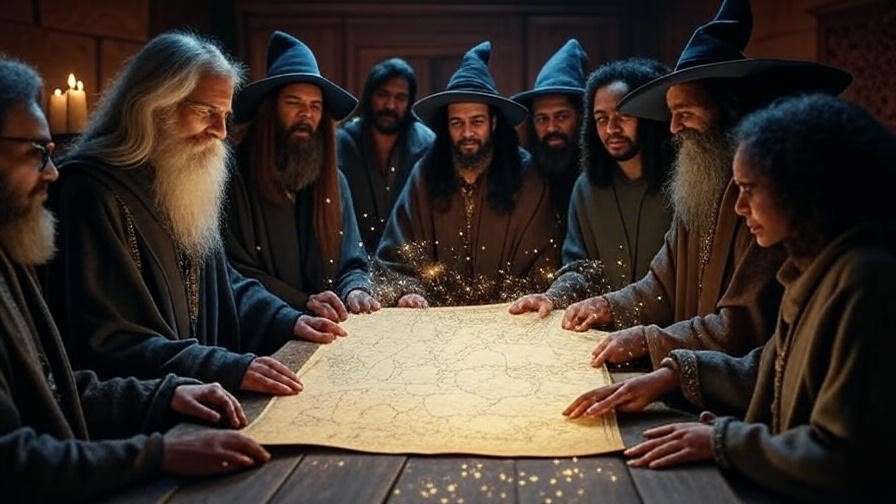
Key Founding Members
The original Order boasted a roster of extraordinary individuals, each bringing unique skills and resolve. Albus Dumbledore, the strategic mastermind, led with wisdom and foresight. Minerva McGonagall, a formidable Animagus and Hogwarts professor, contributed her tactical expertise and unwavering loyalty. Frank and Alice Longbottom, skilled Aurors, became symbols of sacrifice after enduring torture by Bellatrix Lestrange, as detailed in Harry Potter and the Deathly Hallows. Other members, like James and Lily Potter, exemplified the Order’s commitment to protecting the vulnerable, even at great personal cost.
Rowling’s Pottermore archives emphasize the diversity of the First Order, which included not only powerful wizards but also everyday individuals like Hestia Jones. This inclusivity strengthened the group’s resilience, as they drew on varied perspectives to counter Voldemort’s forces. Their collective bravery laid the foundation for the Order’s reformation years later.
The Reformation of the Order in the Second Wizarding War
The Catalyst: Voldemort’s Return
The Order’s reformation was sparked by the shocking events of Harry Potter and the Goblet of Fire. Cedric Diggory’s murder and Harry Potter’s warning of Voldemort’s return in 1995 galvanized Dumbledore to reassemble the Order. The Ministry’s denial, led by Cornelius Fudge’s smear campaign against Harry and Dumbledore, left the wizarding world vulnerable. The Order stepped into this void, operating in secrecy to counter the growing Death Eater threat.
Rowling describes this period as one of heightened urgency, with the Order working tirelessly to gather intelligence and protect key figures. The reformation marked a turning point, as the group adapted to a new era of warfare, facing not only Voldemort but also a skeptical public and a compromised Ministry.
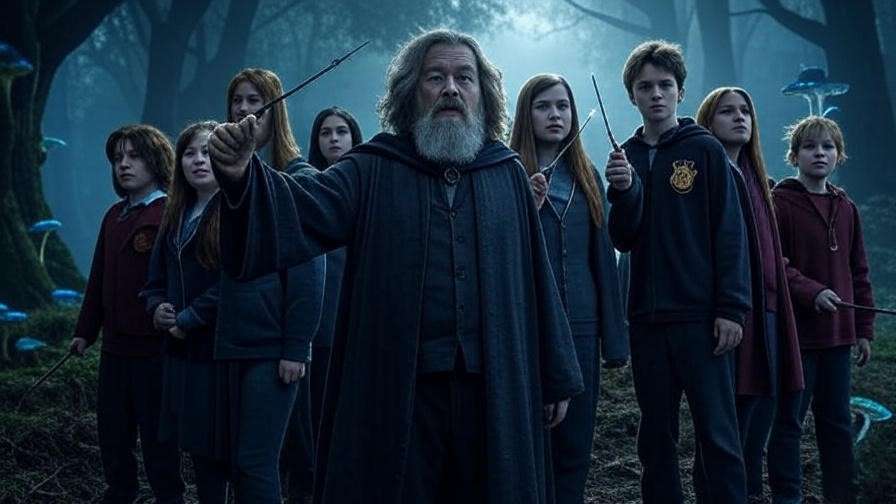
New Members and Challenges
The Second Order welcomed both veterans and new faces, reflecting its evolving mission. Sirius Black, desperate for redemption after years in Azkaban, brought fierce loyalty despite his impulsiveness. Remus Lupin, a werewolf and skilled teacher, offered compassion and strategic insight. Nymphadora Tonks, a young Auror with Metamorphmagus abilities, added versatility and optimism. Their diversity—ranging from grizzled fighters to idealistic newcomers—mirrored the First Order’s strength but faced unique challenges, including internal tensions and external betrayal.
The Order’s secrecy was tested by the Ministry’s interference and the ever-present risk of spies. Mundungus Fletcher’s dubious connections, for instance, raised concerns about reliability, as seen in Order of the Phoenix. Yet, the group’s shared purpose—protecting Harry and defeating Voldemort—kept them united. Rowling’s notes on Wizarding World highlight the Order’s decentralized structure, which allowed flexibility but demanded trust in the face of constant danger.
Recruitment and Structure
Recruitment for the Second Order was cautious, given the risk of infiltration. Dumbledore personally vetted members, relying on his intuition and magical prowess to ensure loyalty. The Order operated without a rigid hierarchy, with members like Mad-Eye Moody and Kingsley Shacklebolt taking leadership roles in specific missions. This fluid structure, as Rowling explained in a 2007 interview, enabled the Order to adapt quickly but required immense coordination.
The group faced logistical challenges, such as securing safe houses and maintaining communication. Patronuses, used as messengers, became a hallmark of their operations, showcasing their ingenuity. Despite these efforts, the Order struggled with limited resources and the emotional toll of constant vigilance, as Mad-Eye’s mantra so famously underscored.
Major Battles and Sacrifices
The Battle of the Department of Mysteries
The Order’s first major conflict in the Second Wizarding War unfolded in Harry Potter and the Order of the Phoenix at the Department of Mysteries. Lured by a false vision of Sirius in danger, Harry and his friends were ambushed by Death Eaters seeking the prophecy. The Order’s swift intervention—led by Sirius, Lupin, and Tonks—turned the tide, but not without cost. Sirius Black’s death, struck down by Bellatrix Lestrange, was a devastating blow, as Harry’s grief echoed through the fandom.
This battle showcased the Order’s bravery and quick thinking but exposed their vulnerabilities. The loss of Sirius strained group morale and highlighted the high stakes of their mission. Rowling’s depiction of this event underscores the Order’s willingness to risk everything for Harry and the greater good.
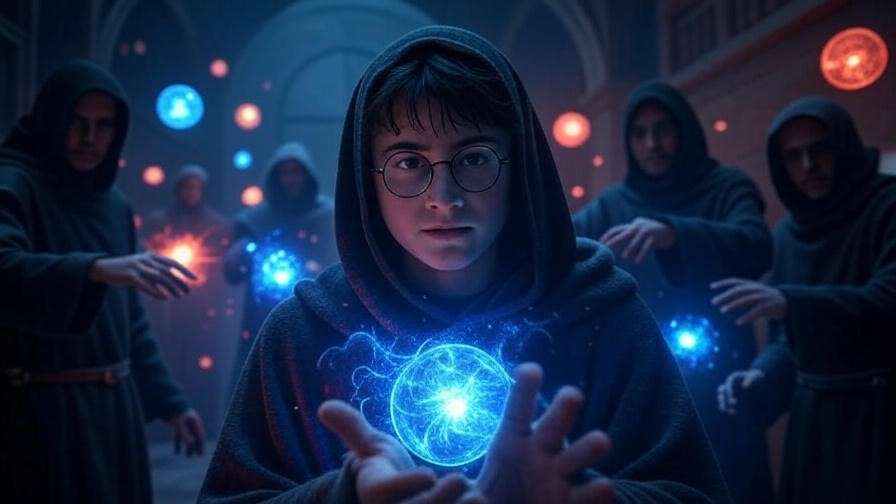
Key Losses and Their Impact
The Order’s journey was marked by profound sacrifices. Dumbledore’s death in Harry Potter and the Half-Blood Prince, orchestrated by Snape under complex circumstances, left the group leaderless and shaken. Mad-Eye Moody’s death in Deathly Hallows, ambushed during Harry’s transfer from Privet Drive, further eroded their numbers. Each loss tested the Order’s resolve, forcing members to confront grief while pressing forward.
These tragedies shaped the group’s strategy, pushing them to rely on younger members like Tonks and the Weasleys. The emotional weight of these losses, as seen in Harry’s reflections, resonated with readers, reinforcing the Order’s humanity and determination.
The Battle of Hogwarts
The climactic Battle of Hogwarts in Harry Potter and the Deathly Hallows was the Order’s defining moment. With Hogwarts under siege, the Order rallied alongside students and allies to face Voldemort’s army. Heroes like Remus Lupin, Nymphadora Tonks, and Fred Weasley fought valiantly, their sacrifices cementing the Order’s legacy. Lupin and Tonks’ deaths, leaving their newborn son Teddy, remain among the series’ most heart-wrenching moments.
The battle showcased the Order’s unity and courage, as members like McGonagall and Kingsley led the defense. Their efforts, combined with Harry’s ultimate sacrifice, ensured Voldemort’s defeat, marking the culmination of their long struggle.
The Order’s Strategies and Secrets
Espionage and Intelligence
The Order of the Phoenix excelled in espionage, a critical component of their fight against Voldemort. Severus Snape, perhaps the most enigmatic member, served as a double agent, infiltrating the Death Eaters and feeding vital information back to Dumbledore. His role, revealed fully in Harry Potter and the Deathly Hallows, was fraught with personal risk and moral ambiguity, showcasing the Order’s willingness to employ complex strategies. Mundungus Fletcher, despite his questionable ethics, leveraged underworld connections to procure rare items and intelligence, as seen in his dealings for the Order’s safe houses.
Communication was another secret weapon. The Order used Patronuses not just for defense but as ethereal messengers, allowing secure, instantaneous relay of information without interception. Rowling’s Wizarding World elaborates on this charm’s dual purpose, emphasizing its emotional foundation—happy memories powering both protection and coordination. These tactics enabled the Order to stay one step ahead, even as Voldemort’s forces grew.
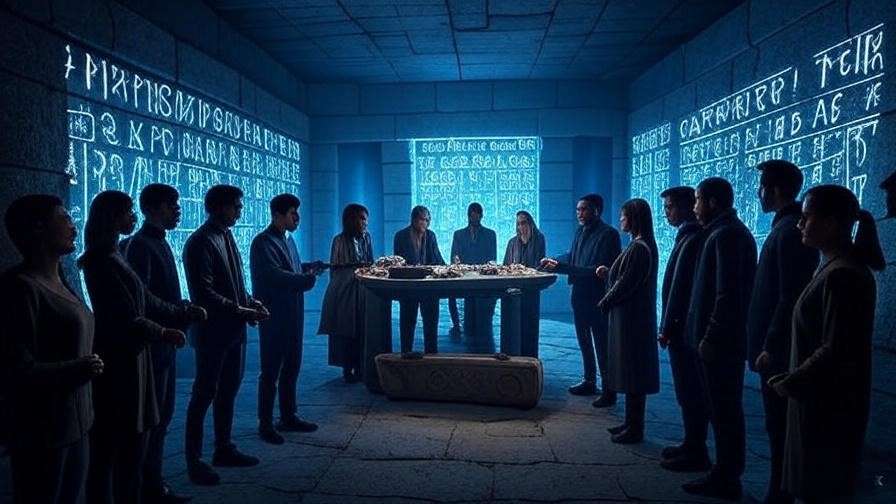
Safe Houses and Protection Spells
Secrecy demanded robust defenses, and the Order mastered protective magic. 12 Grimmauld Place, the Black family home, served as headquarters, fortified by the Fidelius Charm. This spell, as Rowling explains in the series, hides a location within a Secret-Keeper’s soul, rendering it unplottable and invisible to outsiders. Dumbledore initially served as Secret-Keeper, later passing the role to ensure continuity.
Other safe houses, like the Burrow and Shell Cottage, employed layers of enchantments, including Muggle-Repelling Charms and Disillusionment Spells. The Order’s use of these protections highlighted their resourcefulness, turning ordinary homes into fortresses. Expert analysis from Potter scholars notes that the Fidelius Charm’s betrayal by Peter Pettigrew in the First War taught the Order invaluable lessons in trust, refining their strategies for the Second.
The Legacy of the Order of the Phoenix
Impact on the Wizarding World
The Order’s journey profoundly shaped the wizarding world, leading to Voldemort’s ultimate defeat and a new era of peace. Their efforts dismantled the Death Eaters’ network, exposed Ministry corruption, and inspired widespread resistance. Post-war, members like Kingsley Shacklebolt became Minister for Magic, implementing reforms that echoed the Order’s values of equality and vigilance.
Rowling’s epilogue in Deathly Hallows shows Harry, now an Auror, honoring the Order’s legacy by raising his children in a safer world. The group’s sacrifices ensured Muggle-borns and magical creatures could thrive without fear, marking a shift from division to unity.
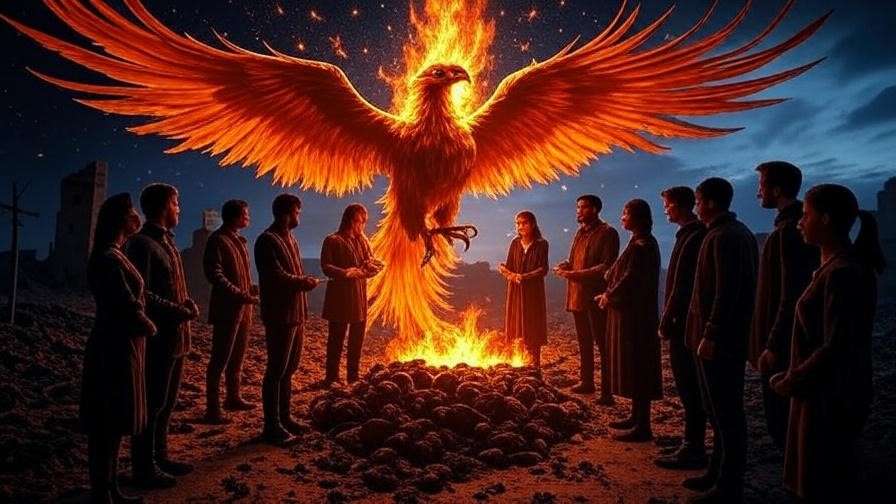
Lessons for Fans
The Order teaches timeless lessons of courage, unity, and sacrifice. In a world facing real injustices, their story encourages standing against oppression, much like Dumbledore’s call to fight for what’s right. Fans often draw parallels to historical resistances, such as the Allied forces in World War II, where diverse groups united against tyranny.
Rowling has shared in interviews that the Order embodies the idea that ordinary people can achieve extraordinary change. This resonates with readers, offering hope and motivation to confront personal challenges with the same resolve.
Lesser-Known Facts and Insights
Hidden Details from J.K. Rowling
J.K. Rowling has revealed fascinating tidbits about the Order beyond the books. For instance, the group’s funding came from members’ personal resources and Dumbledore’s Hogwarts connections, often straining their finances. Aberforth Dumbledore, Albus’s brother, played a covert role, providing aid through the Hog’s Head Inn, as disclosed in Wizarding World articles.
Another secret: The Order considered recruiting international wizards but focused domestically due to Voldemort’s localized threat. Rowling’s 2015 Twitter revelations (now on X) about Emmeline Vance’s unsolved murder add layers of mystery, reminding fans of the untold stories within the series.

Symbolism of the Phoenix
The phoenix symbolizes rebirth and resilience, perfectly encapsulating the Order’s spirit. Fawkes, Dumbledore’s phoenix, saved Harry multiple times, representing hope rising from ashes. Mythologically, the phoenix’s cycle of death and renewal mirrors the Order’s reformation after the First War.
Expert insights from literary analysts highlight how Rowling drew from ancient legends, like the Egyptian Bennu bird, to infuse the Order with themes of immortality and purity. This symbolism underscores their enduring fight, inspiring fans to see the Order as a force of eternal good.
FAQs About the Order of the Phoenix
Who were the most important members of the Order?
Key members included Albus Dumbledore, the founder and leader; Severus Snape, the double agent whose intelligence was crucial; Sirius Black, providing headquarters and personal support; and Minerva McGonagall, offering tactical expertise. Each contributed uniquely, from Lupin’s compassion to Tonks’s versatility, making the Order a well-rounded force.
How did the Order differ from the Ministry of Magic?
The Order was independent and proactive, operating outside bureaucratic constraints, while the Ministry was often inefficient and influenced by politics. The Order’s grassroots approach allowed for secrecy and bold actions, contrasting the Ministry’s public-facing, sometimes corrupt methods.
What was the Order’s biggest challenge?
Maintaining secrecy amid betrayal was paramount, exemplified by Peter Pettigrew’s treachery. Resource limitations, emotional tolls from losses, and Ministry opposition compounded their struggles, yet their unity prevailed.
The journey of the Order of the Phoenix stands as a testament to unwavering heroism in the face of darkness. From their origins in the First Wizarding War to their triumphant role in Voldemort’s defeat, the Order’s secrets, struggles, and sacrifices have left an indelible mark on the Harry Potter saga. As fans, we draw inspiration from their legacy, reminding us that light can prevail through courage and alliance.
Share your favorite Order moment in the comments below, or explore more Harry Potter insights on our blog. Whether you’re a longtime fan or new to the series, the Order’s story offers profound lessons for us all.













